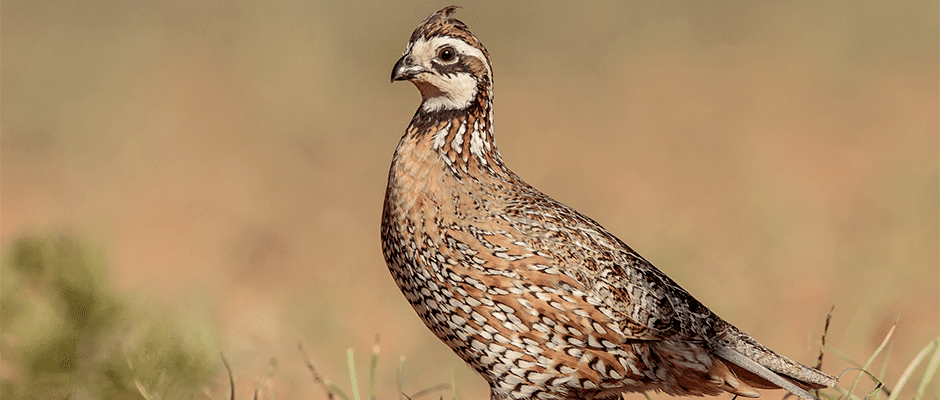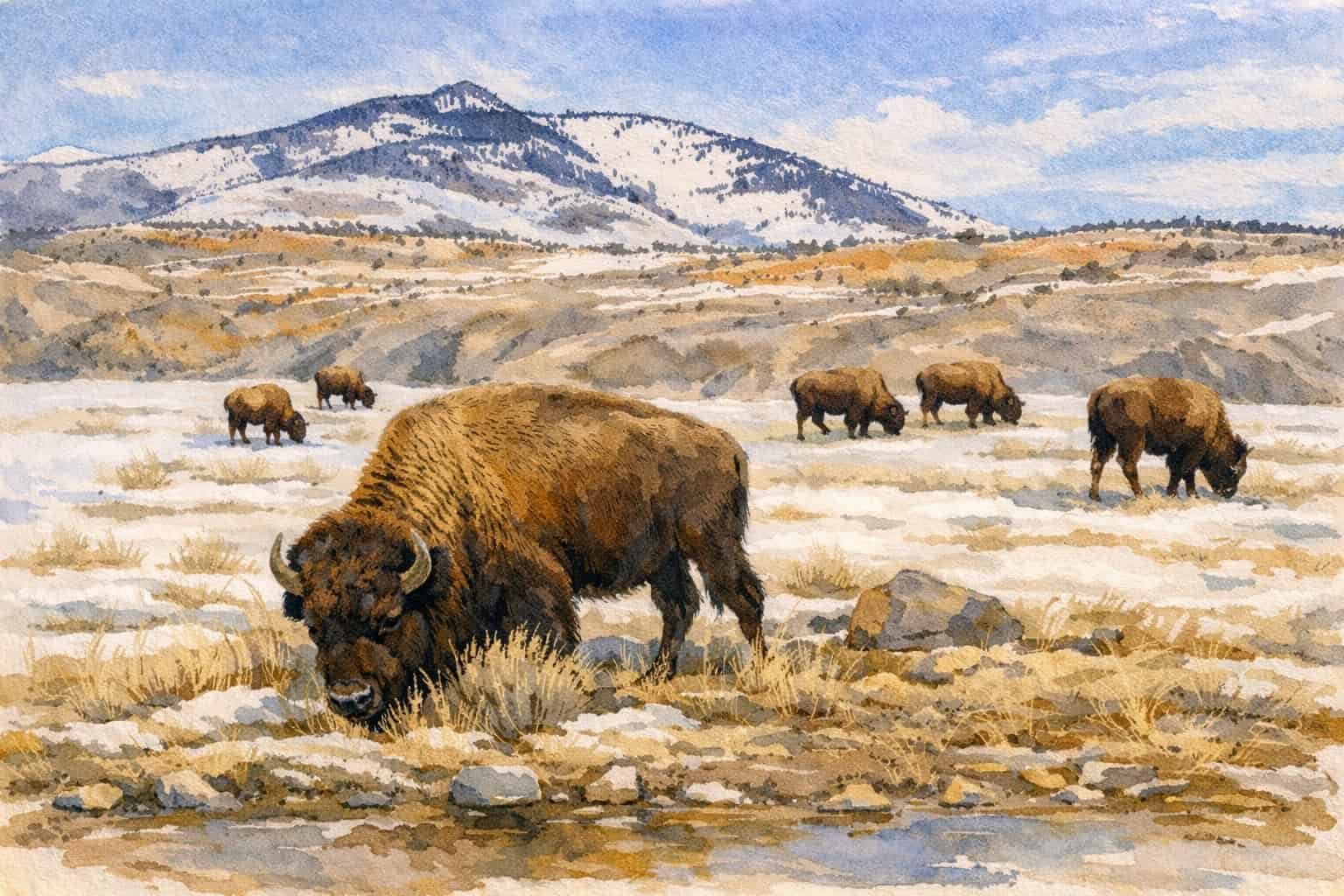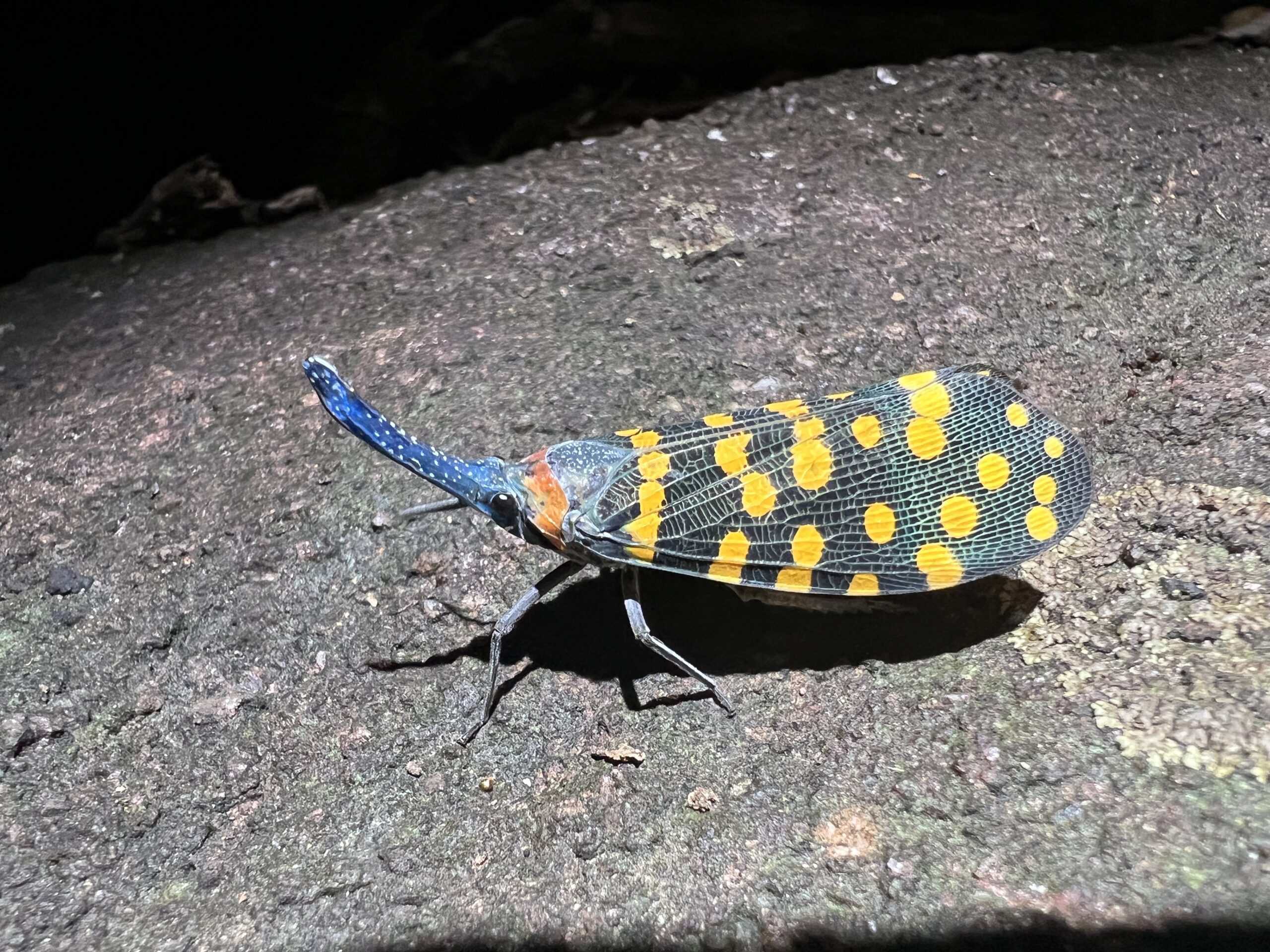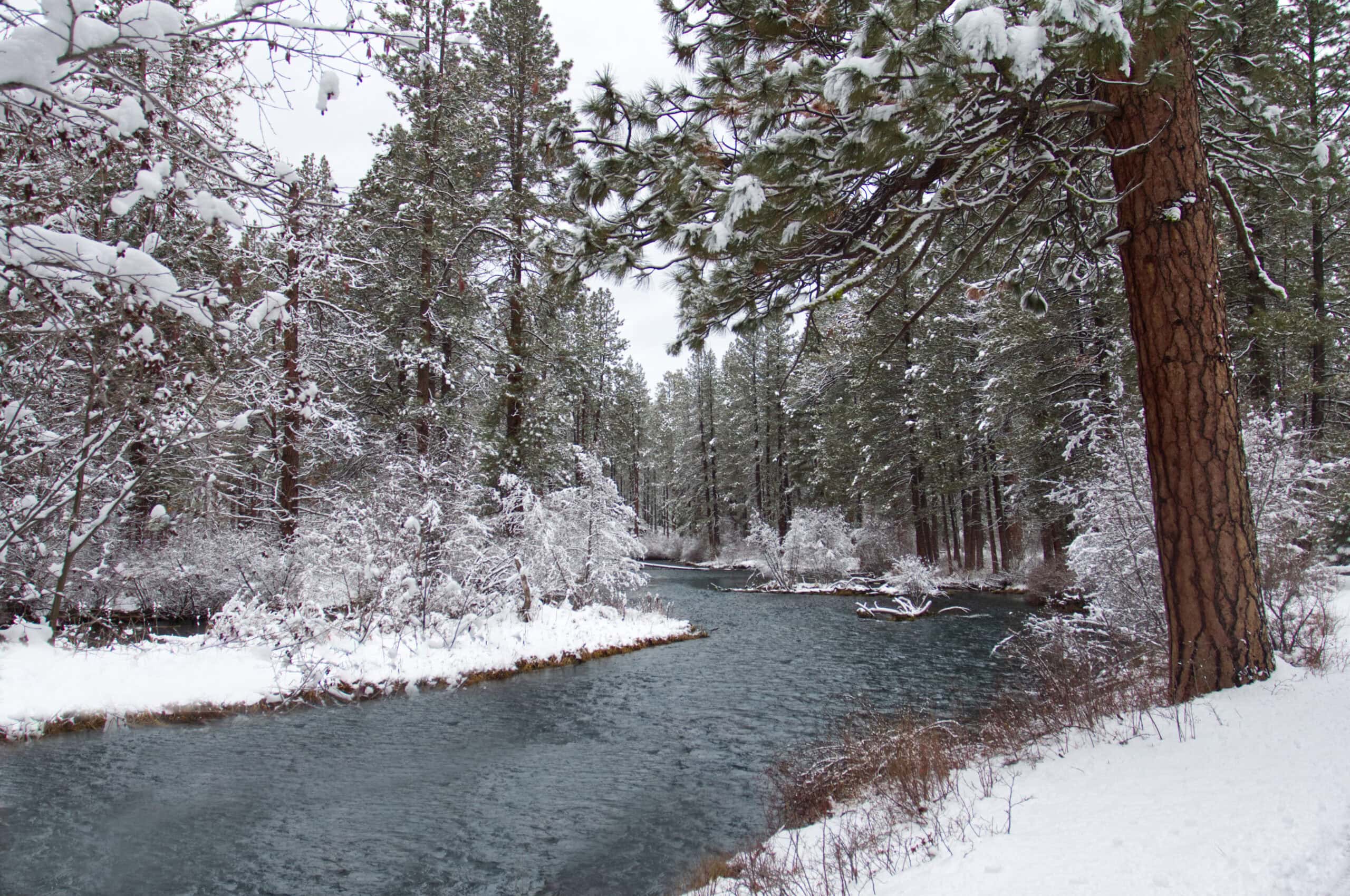Share this article
JWM: Study finds bobwhites exposed to pesticides
Northern bobwhites (Colinus virginianus) have been declining mysteriously throughout their range. In Texas, biologists have watched their numbers fall for three decades, but they’ve been unable to determine why.
In an effort to see if pesticides could be contributing, researchers looked at specimens collected in three areas in Texas and found evidence of neonicotinoid insecticide exposure.
“That confirms what we think we know: that neonicotinoid exposure is one of the factors that contributes to bobwhite declines in the state and very likely other places,” said TWS member Miguel Mora, a professor at Texas A&M University and a co-author on the study published in the Journal of Wildlife Management. “That cannot be taken away.”
The research was a follow-up to a previous study in which Mora and other biologists concluded that “neonicotinoid use was significantly negatively associated with bobwhite abundance” in five areas in Texas where farmers commonly use the pesticides. Looking at the high plains, rolling plains, Gulf Coast prairies and marshes, Edwards Plateau and the South Texas plains, the researchers found the birds’ abundance dropped in the time after the pesticides were introduced.
“These pesticides were first used in Texas in the mid-’90s, and that’s when a sharp decline of bobwhites was seen,” Mora said, but he said it’s difficult to determine how large a role the pesticides may play and what other factors, including drought, may contribute.
“We know that drought affects bobwhite productivity quite a bit,” he said.
Mora and his team examined 57 bobwhites and found that at least 30 percent had either detectable amounts of neonicotinoids or showed tissue damage consistent with them. The concentrations were low, but because they break down quickly, Mora said, finding even a trace was significant.
The research follows European studies that found neonicotinoids can negatively affect birds. Bobwhites can ingest the pesticides in a number of ways, Mora said, including eating exposed plants or seeds, eating affected insects or contacting the insecticide directly.
“It’s a serious concern,” he said. Mora said he would like to see future research involve a risk assessment for bobwhites across the state.
TWS members can log in to Your Membership to read this paper in the Journal of Wildlife Management. Go to Publications and then Journal of Wildlife Management.
Header Image: Northern bobwhite numbers have been falling in Texas for three decades. ©Andy Morffew








